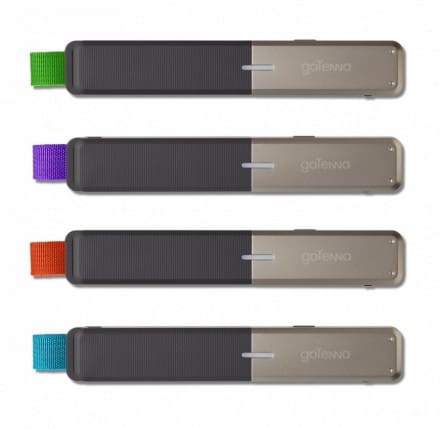MultiCam is excited to announce that off-grid communications company goTenna will be supporting the team at the 2015 SCORE Baja 1000. goTenna is a peer-to-peer communication device that enables messaging and sharing GPS locations on offline maps by smartphone, even when cell service or wifi are unavailable. Rider Jeff Benrud and the team will be outfitted with the devices, and will be using them to track Jeff and communicate within the team during the race. With Baja having minimal cell signal these devices are a welcomed addition to the team’s communications kit. The goTenna team is excited to support Jeff and his crew for the grueling Ironman category run!
multicampattern.com/team-multicam-supported-by-gotenna-in-baja
Tags: goTenna, Team MultiCam



I see nothng that is military related here. Slow work day?
You might want to get that myopia looked at.
The stuff that people complain about on this site amazes me. I just come here for the comments.
I first heard of these a couple years ago from some guys in MARSOC. I’d say they are certainly military related for obvious reasons.
Really any sort of communications device has military application…
Not only could these most certainly provide coms where coms are thin, but they are presented by an industry mainstay. To question this as industry news is laughable.
I was part of the crowd funding of these.. think of the possibility if you could build it into phones instead of a separate device it could become the Uber of cellphone service providers no long contracts no nsa snooping
and that is reason #23423 this won’t be built into cellphones.
Low power mesh networks like this are definitely a step up as far as resiliency,not sure about security though other than the fact that data collection would be difficult remotely.Cool stuff.
Second that on mesh & resiliency. Messed around with OLPC when they first came out and figured out some obvious squad-level / platoon-level application. Just been waiting for stuff to shrink… like this. Way to go, goTenna.
Network openness is indeed a problem: Plan on getting sniffed. Thankfully, point-to-point encryption is rock-simple now. My question: Do I have to use their off-line maps?
I’m really kind of surprised FCC approved these with the encryption, haven’t looked into it enough to tell if the type they use is much more than a deterrent to casual hacking. I’ve got a few old linksys routers I’ve been thinking about flashing new firmware to for a local mesh, but haven’t done more than light research due to the licensing requirements.
FCC is only concerned with emissions-related functionality. Complications don’t arise until someone tries to export encryption enabled devices.
It’s a no no on amateur radio, though there are a few other devices that have been ok’d like the EXPRS radios.
Sorry, those were just digital. Exrs not exprs as well.
Er, we aren’t talking about the Amateur bands… At 151-154 MHz, the goTenna is above 2 Meters, and below 1.25 Meters. Or am I missing something?
I played with the early prototypes in 2014 and was pretty impressed with them. The brother sister team in charge of the company are switched on and have been talking with the right people about applications for the technology.
I think the form factor is pretty good as is, and is suitable for a low profile, off the grid comm system.
When .gov “let’s” us piggyback these then we will see an explosion.
I have a dozen on order.
They need to offer camo color schemes.
Your local hardware store has so much spraypaint for youuuuuuuuu